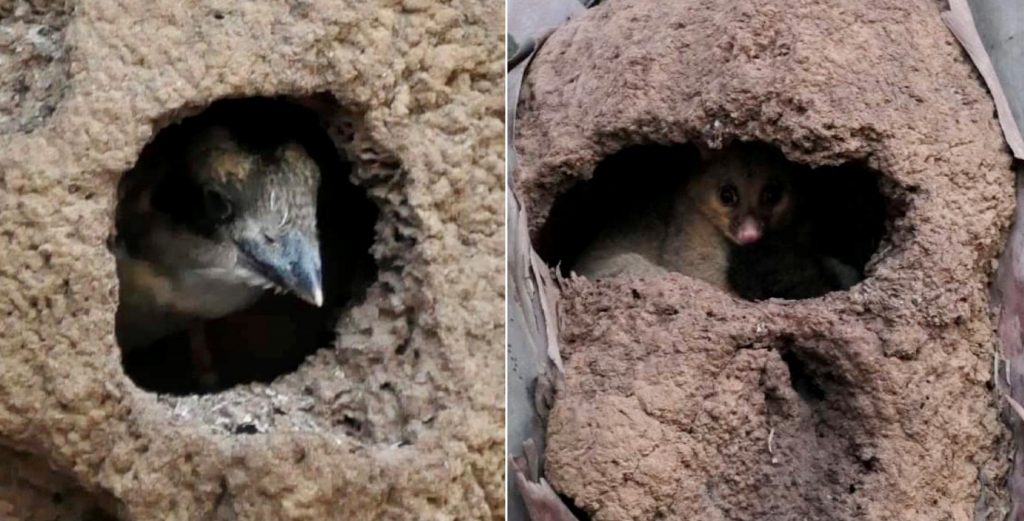
A local wildlife photographer has documented how one mud nest in Moore Park Beach has become home to not only a family of kookaburras, but also created shelter for a brushtail possum and her baby.
Resident Geoff Shave said he first noticed the nest in a tree last year when it was being used by a local kookaburra family
“Kookaburras are a member of the kingfisher family known to nest in tree hollows and also arboreal mud nests commonly seen in the branches of gum trees,” he said.
“The nests are originally made by termites but kookaburras are known to excavate them for nesting purposes.
Geoff said this year, the nest still remained in the same place but he noticed it looked a little bit different.
“The hole in this particular nest had been further excavated from a small circular entrance to a large oval shape and to my surprise, was occupied by a brushtail possum which I have never seen using these nests as a shelter before,” he said.
“Brushtail possums usually live in larger tree hollows, but in urban areas they quite often use the roofs of homes or sheds for shelter.
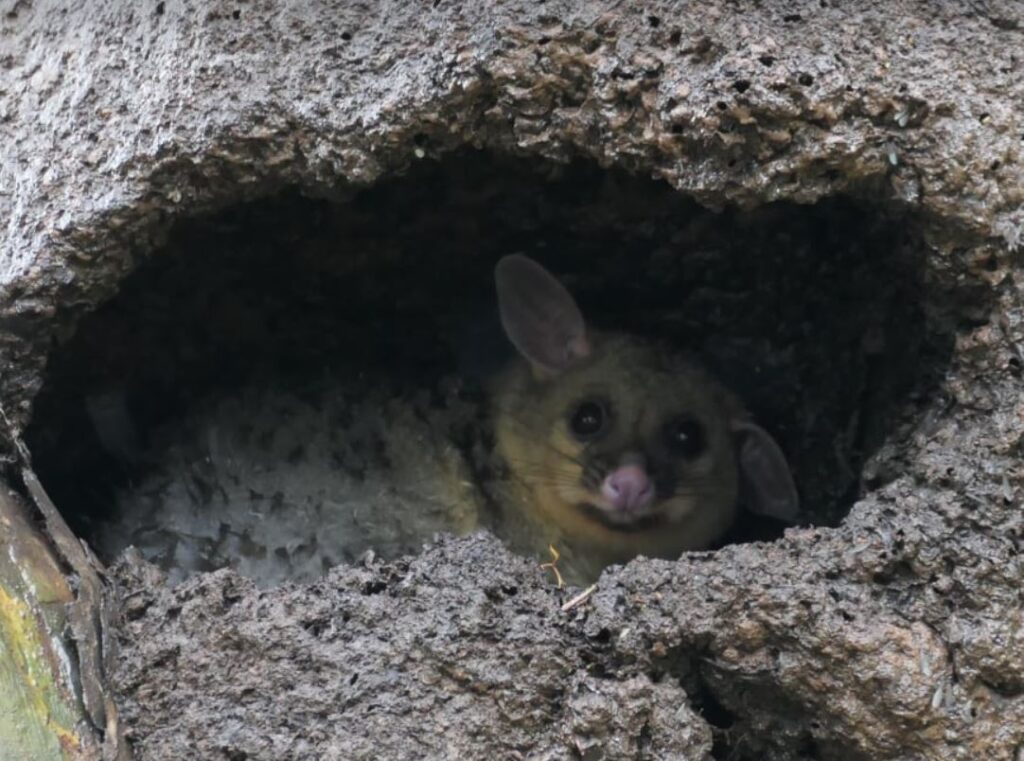
“Several mud nests can be found in the Lions Park at Moore Park Beach and the brushtail possum is currently still using the nest during the day for shelter with it’s baby.
“The kookaburras are using another nest nearby with at least two babies seen inside.”
As a keen wildlife photographer, Geoff said he was thrilled with the find.
“I have lived at Moore Park Beach for the past 13 years in which time I have seen quite a diverse range of wildlife,” he said.
“Since the completion of the coastline rejuvenation project in 2019 by Bundaberg Regional Council, I have witnessed an increase in wildlife numbers and in particular small bird species.
“This includes red-backed fairy wrens, double-barred finches and small honeyeaters proving that Council’s efforts in maintaining natural habitat is important for the survival of native animals.”
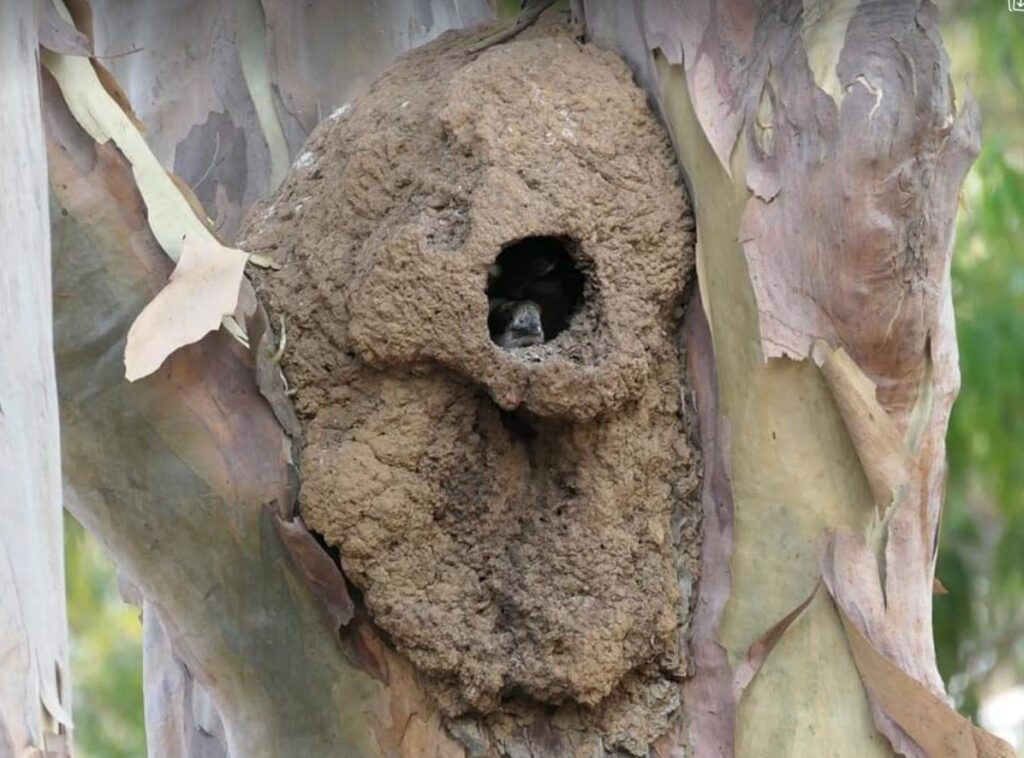



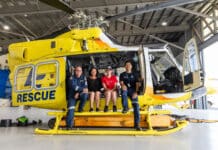



I have video of these in Helensvale Qld with the sounds of the little creatures inside cackling. They are in an area about to be bulldozed for a road. How can we protect them?